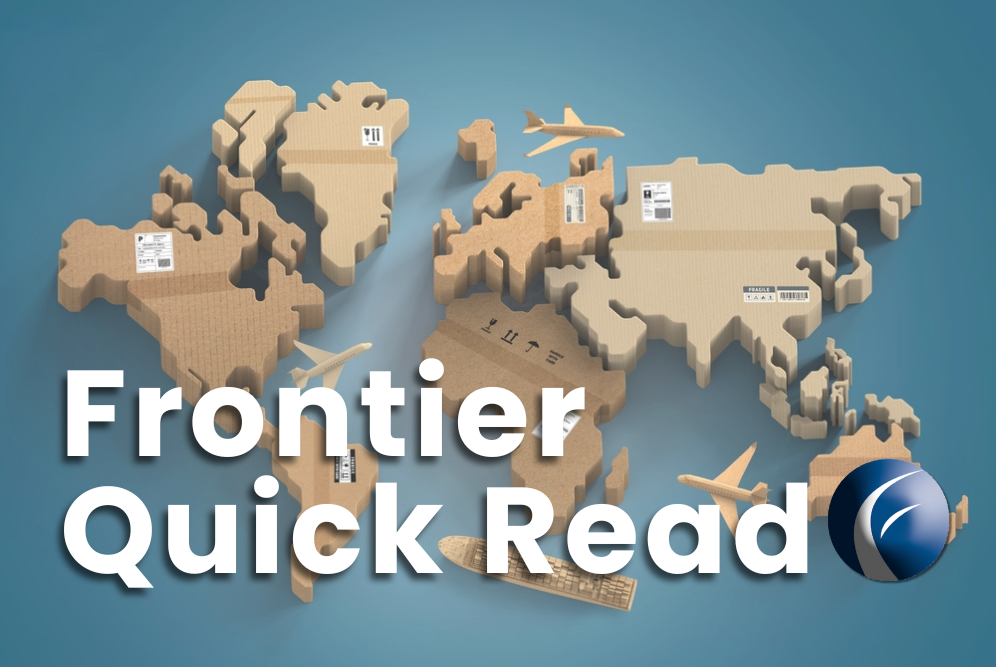
For manufacturers, the cost of moving products is becoming harder to predict—and harder to control. In 2025, both UPS and FedEx are rolling out major changes to their shipping surcharge structures, putting extra pressure on companies that ship heavy, bulky, or irregular items.
These surcharge increases are more than minor adjustments—they reflect a broader shift in carrier strategy. If you’re not actively managing your shipping surcharge exposure, your logistics costs could rise dramatically.
FedEx Restructures Shipping Surcharges
FedEx has announced a general rate increase for early 2025, but the bigger concern for manufacturers is the spike in shipping surcharges:
-
Oversize and Additional Handling surcharges are increasing significantly, especially for packages with unusual dimensions or higher weight.
-
Delivery Area Surcharges are expanding, with more locations classified as remote or residential.
-
A minimum billable weight policy now applies to certain packages that qualify for additional handling, which could result in charges based on 40 pounds, even if the actual weight is lower.
These adjustments are designed to discourage inefficient package profiles and recover additional handling costs. Unfortunately, that means many manufacturers will face much higher shipping surcharge totals per shipment.
UPS Raises and Broadens Surcharge Categories
UPS is following a similar path, with its general rate increase and a sweeping overhaul of its shipping surcharge policies:
-
Large Package and Over-Max surcharges are increasing by double digits, making oversized items much more expensive to ship.
-
Fuel surcharges are being applied more widely and adjusted more frequently, even affecting pickup services and hybrid residential delivery methods.
-
The Delivery Area Surcharge map is being updated, pulling more ZIP codes into higher-cost zones.
-
New administrative fees are also being added for paper invoices and certain payment types, which could affect how you process shipping payments internally.
All of these changes mean manufacturers will need to keep a closer eye on their shipping surcharge costs, not just base rates.
Why Shipping Surcharge Increases Hit Manufacturers Hardest
Shipping surcharge policies are especially tough on manufacturers because of the nature of the goods being shipped:
-
Finished goods and raw materials often exceed carrier size thresholds for manufacturers of large-scale items.
-
Many shipments are destined for hard-to-reach areas, including job sites and rural dealers.
-
The weight and packaging requirements of industrial products can easily trigger additional handling surcharges.
Unlike eCommerce retailers who ship small, lightweight boxes, manufacturers face steeper consequences when surcharge thresholds change.
What Manufacturers Can Do About It
To reduce the impact of rising shipping surcharges, manufacturers should take a strategic approach to their logistics planning:
-
Audit your packaging: Redesign boxes to minimize dimensional weight and avoid unnecessary surcharges.
-
Use multi-carrier shipping software: Automatically compare rates and surcharges across providers to find the most cost-effective option.
-
Renegotiate contracts: Use your shipping volume as leverage to secure more favorable surcharge terms.
-
Explore alternatives: Consider regional carriers, LTL freight, or local delivery partners for large or repeat shipments.
-
Digitize invoicing and payments: Switching to electronic billing can help avoid new processing fees.

Time to Rethink Your Shipping Strategy
To help manufacturers combat rising shipping surcharges and improve logistics efficiency, Frontier offers Dispatch Truckload Planning and iDispatch Load Execution. These powerful tools take the complexity out of dispatch planning and truckload shipping by leveraging real-time data from Frontier ERP. With user-defined rules and seamless integration into other key departments, Frontier’s Dispatch Truckload Planning ensures accurate, efficient, and cost-effective shipment planning every time.
If you’re ready to take your shipping operations even further, we also recommend our trusted partner, Varsity Logistics. Not only is Varsity a leader in multi-carrier shipping software they are also recommended by UPS and FedEx for logistics excellence. Trusted by over 1,000 distribution centers, Varsity integrates directly with Frontier ERP and provides a user-friendly platform that enhances outbound shipping efficiency.
Conclusion
The rising cost of shipping surcharges in 2025 is a clear signal: manufacturers need to take control of their transportation costs. What was once a manageable expense is becoming a major line item, driven not just by fuel or inflation, but by shifting carrier policies.
Now is the time to review how your company ships, where the surcharges are hitting hardest, and what you can do to adapt. A smarter, more flexible shipping strategy could protect your margins—and give you a competitive edge. For more details on Frontier ERP’s logistics features, contact us today or see us at the AWFS® Fair 2025 in July!







